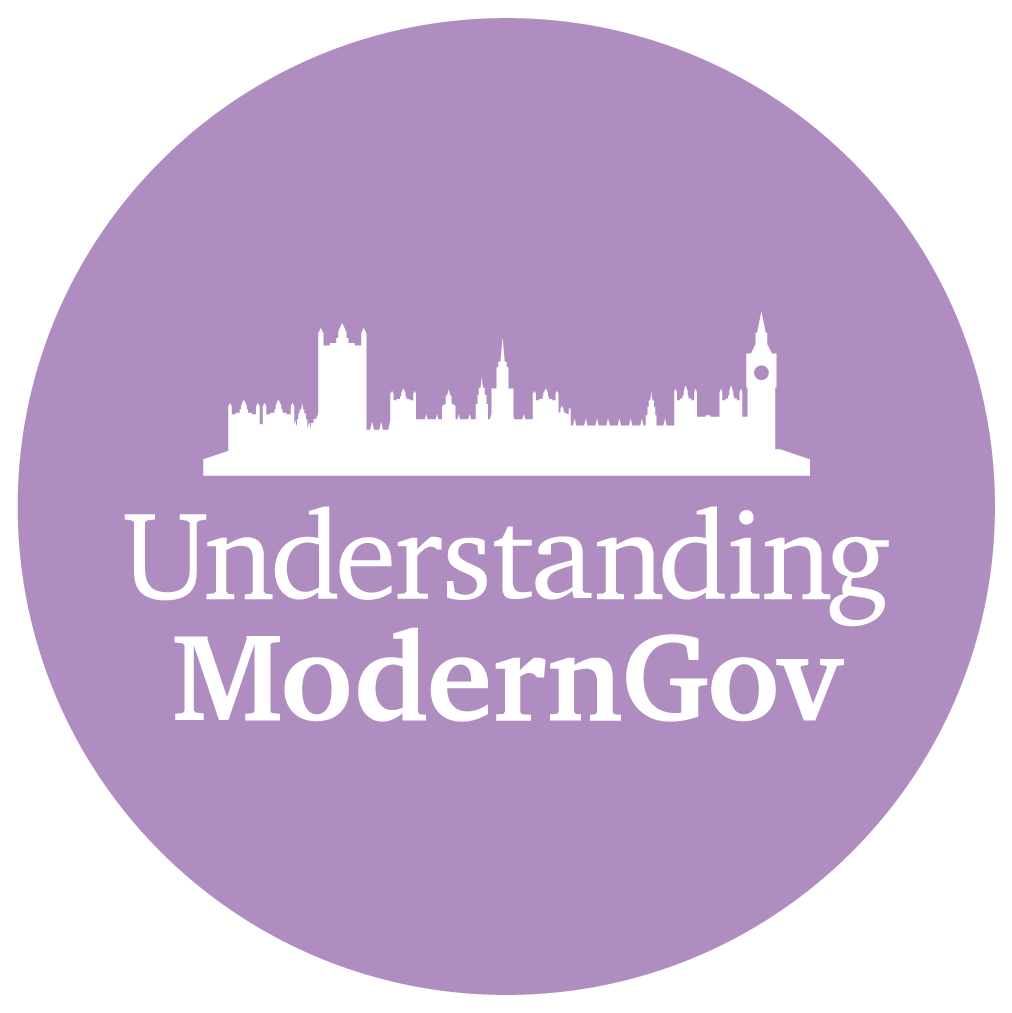
Analytics
Download Our Free Video Tutorials:
Data Analytics and the Public Sector
Data is a strategic asset in all aspects of the public sector. By learning the skills to analyse the right data effectively, public sector employees have the ability to discover new insights, predict future trends, improve efficiency and make better decisions that improve public services.
Upcoming Courses:
Analytics
Utilising Data Analytics to Make
Better Decisions
Extracting Meaning for Data-Driven Decision Making
Analytics
Telling Stories With Data
Make an impact with your data
4 December, 2024
Analytics
Understanding Statistical Analysis
Statistics for Non-Statisticians
Analytics
Effective Data Visualisation
Present Your Data With Power
3 July, 2024
2 October, 2024
Analytics
Advanced Excel Training
Utilise Excel to Improve Performance
5 June, 2024
1 October, 2024
Analytics
Masterclass: Artificial Intelligence
in The Public Sector
Explore the Use of AI
24 September, 2024
Analytics
Understanding Forecasting
and Trends
Gain the Confidence to Analyse Data
25 April, 2024
Analytics
Designing Powerful Data
Visualisations
Making Impact with Your Data
Advanced Statistical Analysis
Making Sense of Your Data through Advanced Statistical Methods
Analytics
Analytics
Effective Performance Management and Analysis
Utilise Data to Improve Your Organisations Performance
Analytics
Masterclass: Understanding and
Applying Ethics in AI
Using AI Ethically
Analytics
Communicating and Presenting Complex Information
Translate Specialist Terminology
into a Clear Message
18 September, 2024
What is Data Analytics?
Data analytics is the process of analysing raw data to find meaningful, actionable insights, which can be used to inform and drive better decisions.
What Are The Main Types of Data Analytics?
There are four main types of analytics, Descriptive, Diagnostic, Predictive, and Prescriptive.
What Can Using Public Sector Data Be Helpful For?
Identifying specific cases from a wider group
Prioritising cases based on risk or need
Creating early warning tools
Making better and more efficient decisions
Optimising resource allocation
What Are Some of the Barriers to Using Public Sector Data For Analytics?
Records are often only recorded on paper
Records are digitised, but in hard-to-analyse formats like PDF files
Data is recorded inconsistently
Records about the same person or thing lack a common unique identifier
Records are unknowingly duplicated
Looking For Bespoke Team Training?
All of our training courses can be customised and developed specifically for your team or organisation and presented on-site at your offices, at an off-site suitable location or virtually
Enquire Here >
Analytics Blogs
-

Why is Data Visualisation Important For Your Organisation?
Humans are visual creatures. We tend to engage more with pictures and videos than we do with text.
-

5 Functional Data Presentation Tips for Your Next Big Meeting
Sometimes data visuals can offer a lot more to us humans than text can.
Here’s five data and analytics trends we expect to see more of in public sector analytics:
Internet of Things (IoT)
IoT allows organisations to connect and integrate data from various devices, and automatically apply analytics to them, reducing time to action, and improving understanding of what interventions will help service users.
With significant use of personal devices such as smartwatches that collect medical data, analysts can assess patients’ risk of health decline in real time.
2. Predictive Analytics
Organisations can embed predictive algorithms to forecast demand and provide an evidence base to understand where and when to best deploy resources to optimise outcomes and maximise return on investment.
3. Augmented analytics
Augmented analytics can generate the insights needed for evidence-based decision-making at all levels across organisations. Powered by Machine Learning (ML) and Artificial Intelligence (AI), augmented analytics can provide real-time, easily consumable data and contextual suggestions for relevant insights.
4. Synthetic data
Synthetic data is artificially generated by computer programmes and algorithms instead of real-world events. This has the significant benefit of eradicating any personally identifiable data, meaning organisations will use it to undertake advanced analysis and enhanced simulation modelling on datasets without having to overcome data protection and information governance constraints.
5. Conversational AI and Natural Language Processing
Natural Language Processing (NLP) and Conversational AI enable organisations to easily analyse any unstructured text data for trends and insights that are hard to notice with the human eye.
Become Part of the Understanding ModernGov Community
